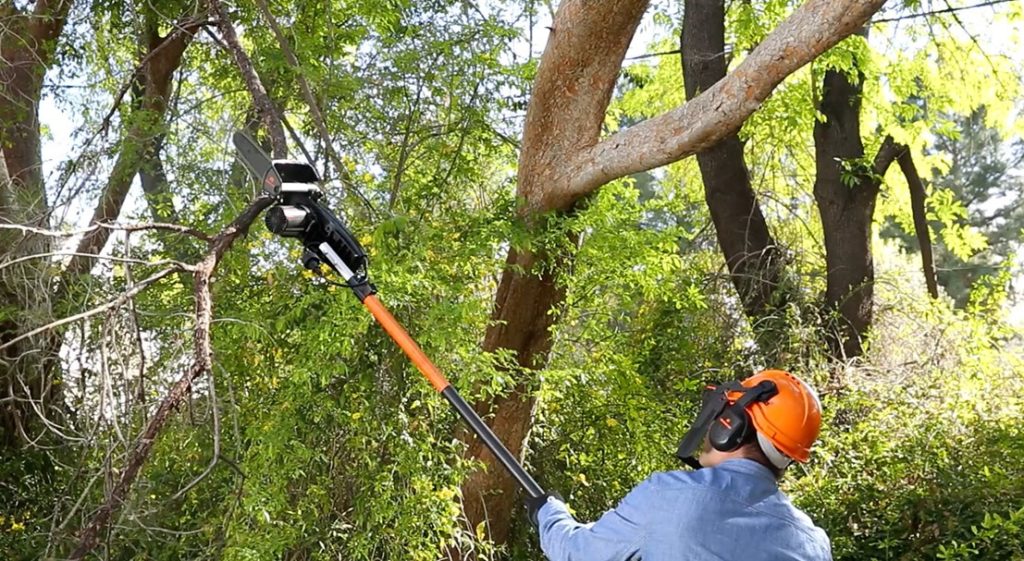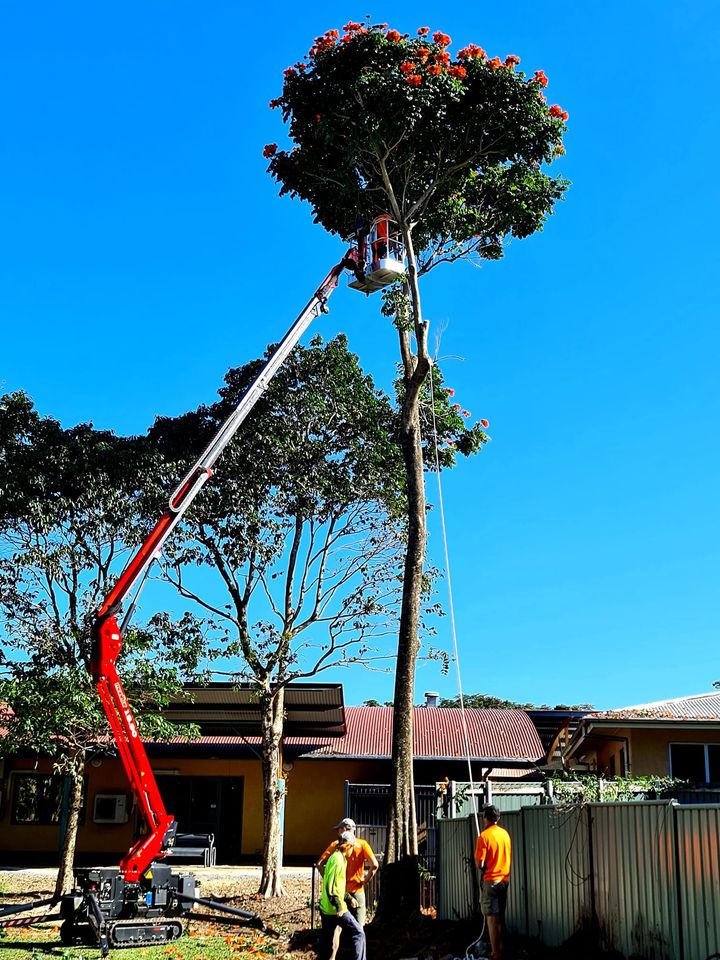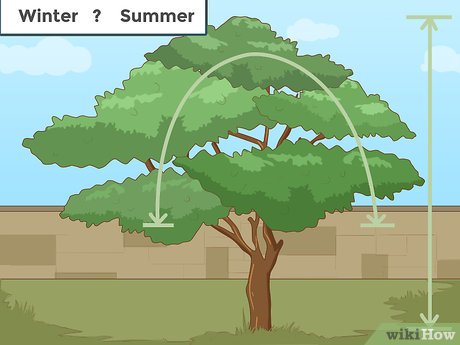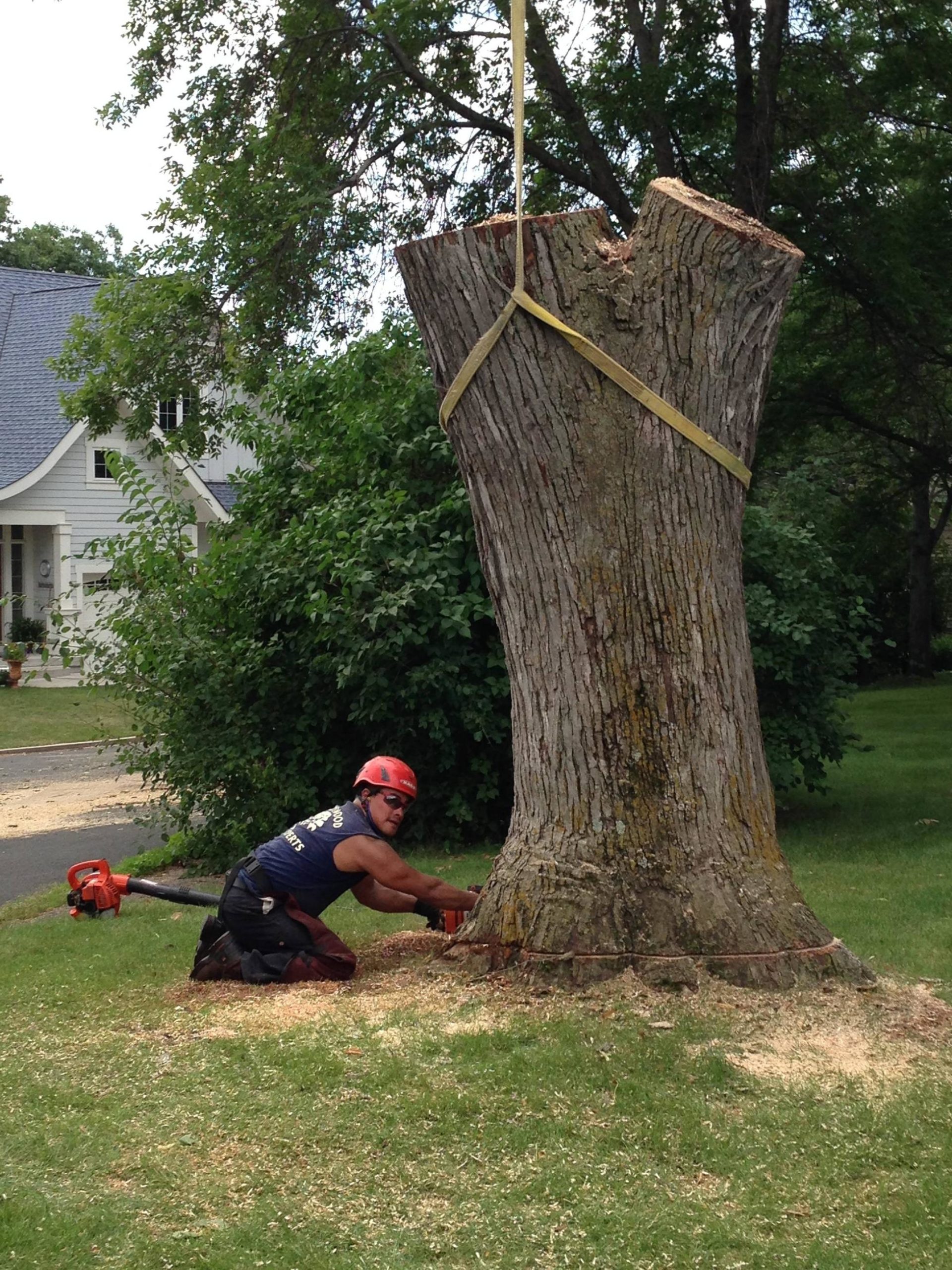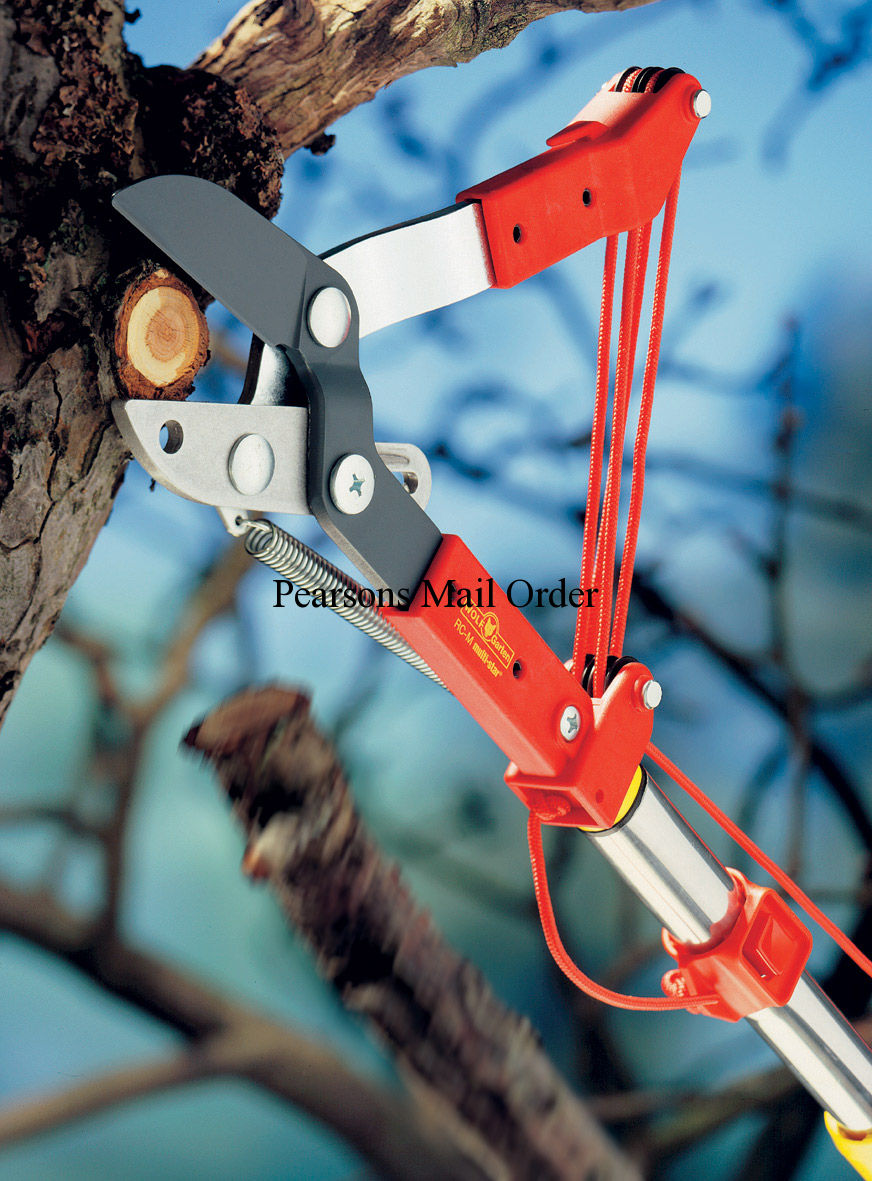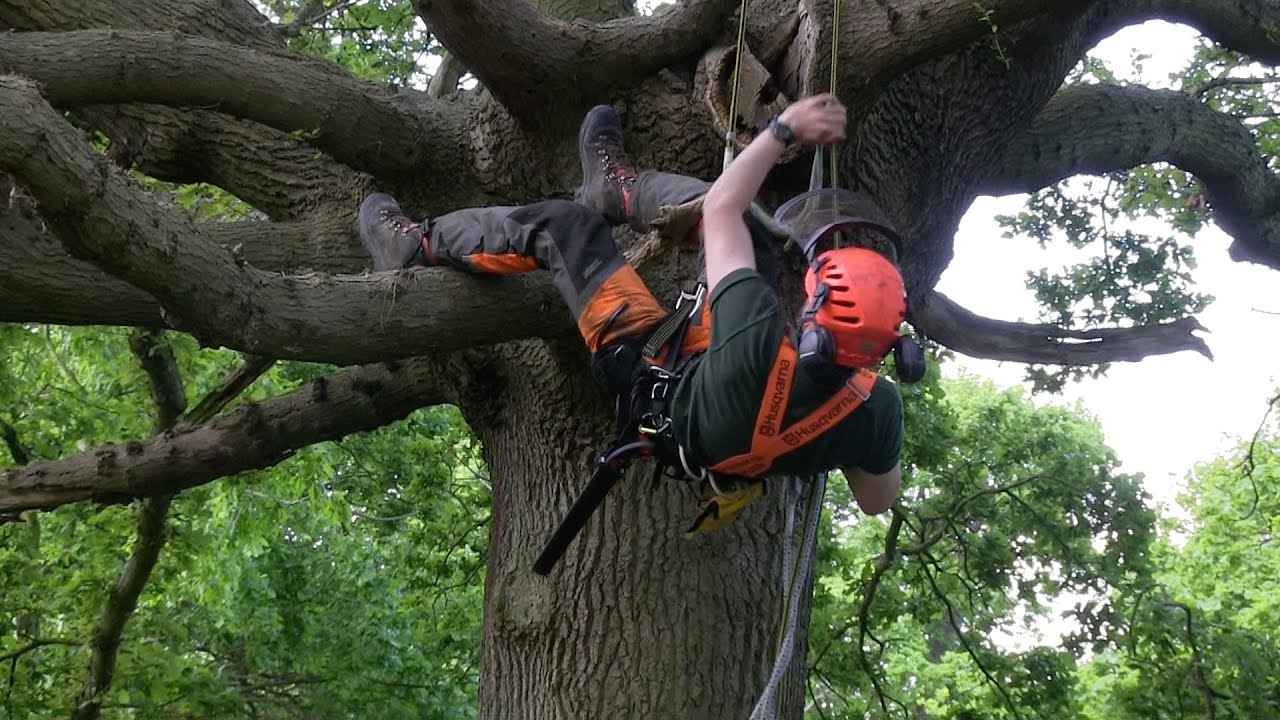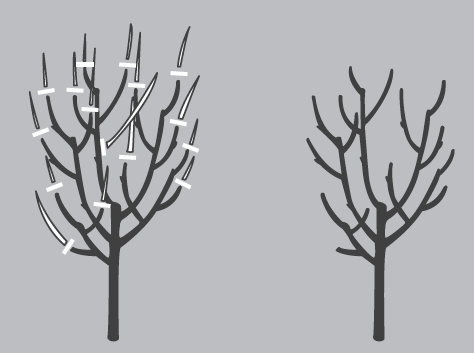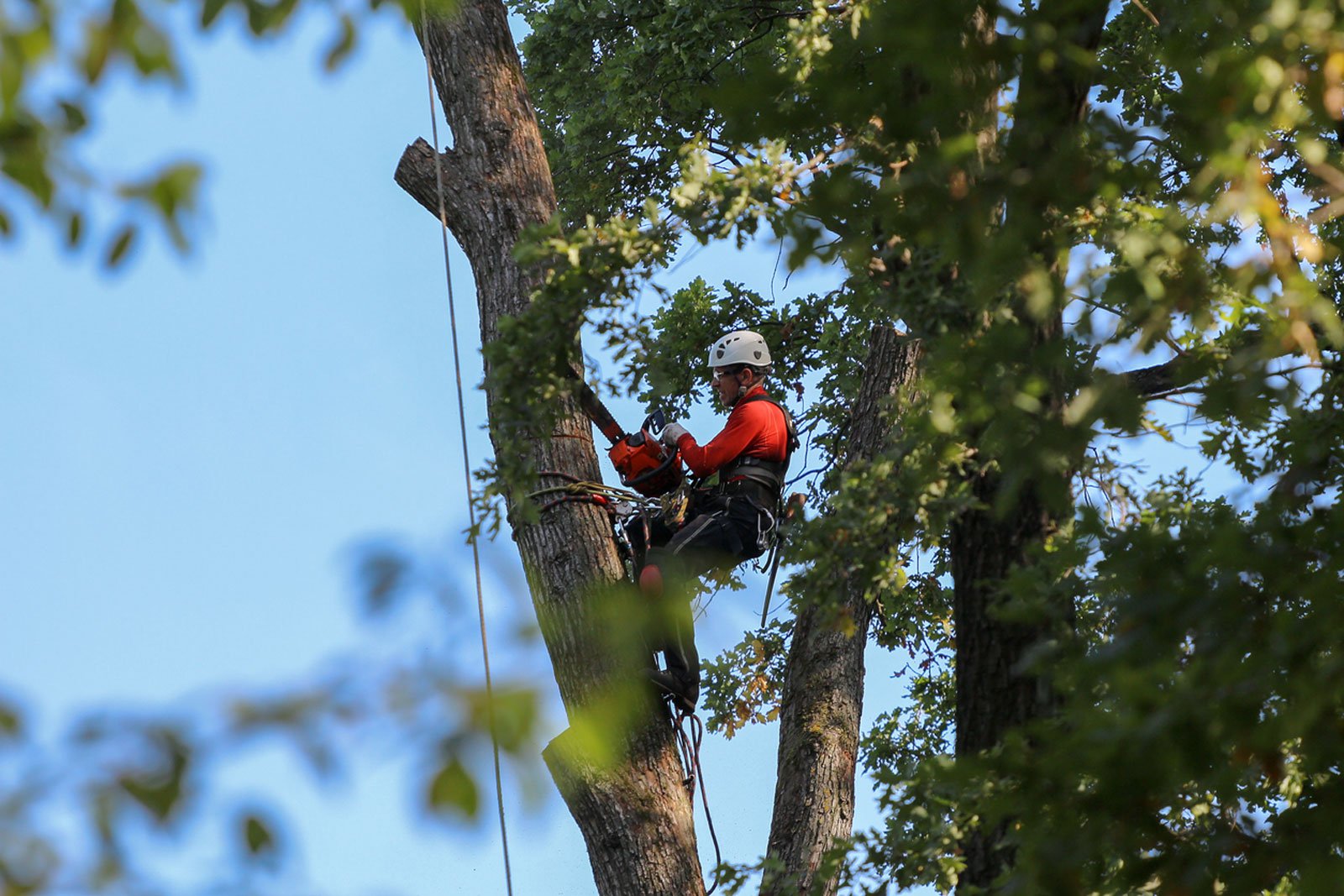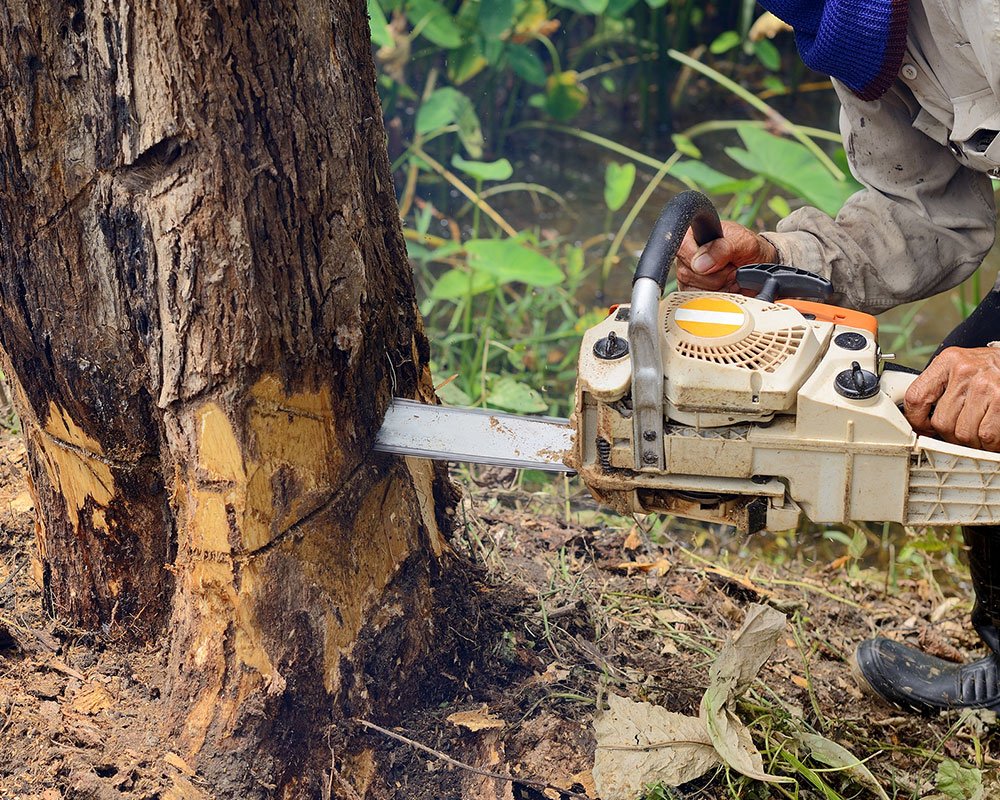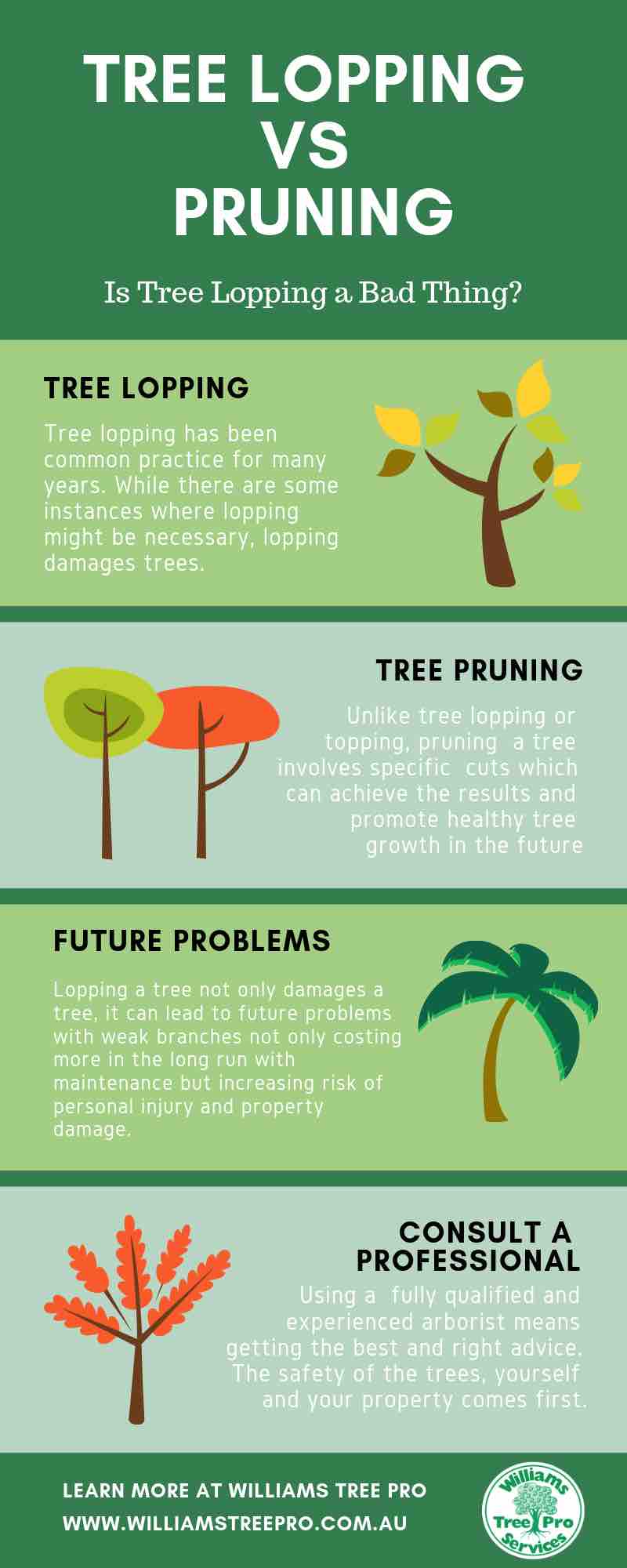Stump grinding
The procedure of stump grinding involves a rotating blade that grinds away at the stump, removing some of its wood. The blade is seven feet long and three feet wide, and its teeth chip away at the wood as it moves across the stump. The operator guides the grinding blade across the stump to cut the wood into chips. The machine grinds the stump down to well below the ground level to properly apply the tree removal process completely.
While stump grinding leaves a messy hole in your lawn, it does have advantages. Once completed, you can fill the hole with soil and plant a new tree or cover the bare earth.

Tree pruning
Tree pruning is an important process that can help trees remain healthy and maintain their shape. It is also an effective way to get rid of dead or diseased branches. If you do not prune your trees properly, they may fall and harm your property. It is also important to remove branches if they obstruct your vision or are too close to power lines or other buildings.
When pruning, be sure to avoid cutting more than one-fourth of the living crown in one season. This will increase the rate of wound closure and minimize the risk of spreading diseases to other trees. In addition, it is important not to prune weak or diseased trees during active transmission periods. For best results, consult an arborist to help you choose the right time to prune.
Tree lopping
Tree lopping and tree removal are important parts of maintaining a healthy backyard ecosystem. Proper pruning and removal techniques ensure safety and prevent the spread of disease. In addition, these services can make your yard look more beautiful and preserve the natural beauty of your property. In addition, the removal of dead and diseased branches will make way for new growth.
Whether you want a single tree removed or a large grove, you can choose between tree lopping or tree removal. Whether you’d like a tree lopped or cut down completely, tree removal requires a trained eye to ensure a safe process. Expert Tree Removal Redlands arborists can provide you with the right knowledge and equipment to ensure your property’s safety.
Tree removal
Tree lopping and tree removal are two different processes, though they are often confused for each other. The former involves pruning a tree to increase its lifespan and aesthetic appeal, while the latter involves cutting off a specific branch or part of a tree. Both of these processes can reduce the risk of disease and storm damage.
While tree pruning is important to keep your yard looking healthy and attractive, tree lopping removes dead and decaying branches to protect your yard from pest infestations and disease. It also helps preserve the soil’s moisture level, especially in rainy seasons.
Safety of hiring arborists
When you hire an arborist for tree removal or Tree Lopping Redlands requirement, you should look for certain factors to ensure your safety. For example, you should ensure that the arborist is insured. Otherwise, you may be liable for any damages or injuries caused by their negligence. Moreover, it is recommended that you hire a qualified arborist who has undergone rigorous training and is well equipped with the necessary equipment.
A qualified arborist can safely prune or remove a tree without leaving any visible signs of damage. Moreover, he has the experience of safely removing dead trees without causing damage to the surrounding landscape or property. Hiring a trained arborist can save you from a lot of trouble.

